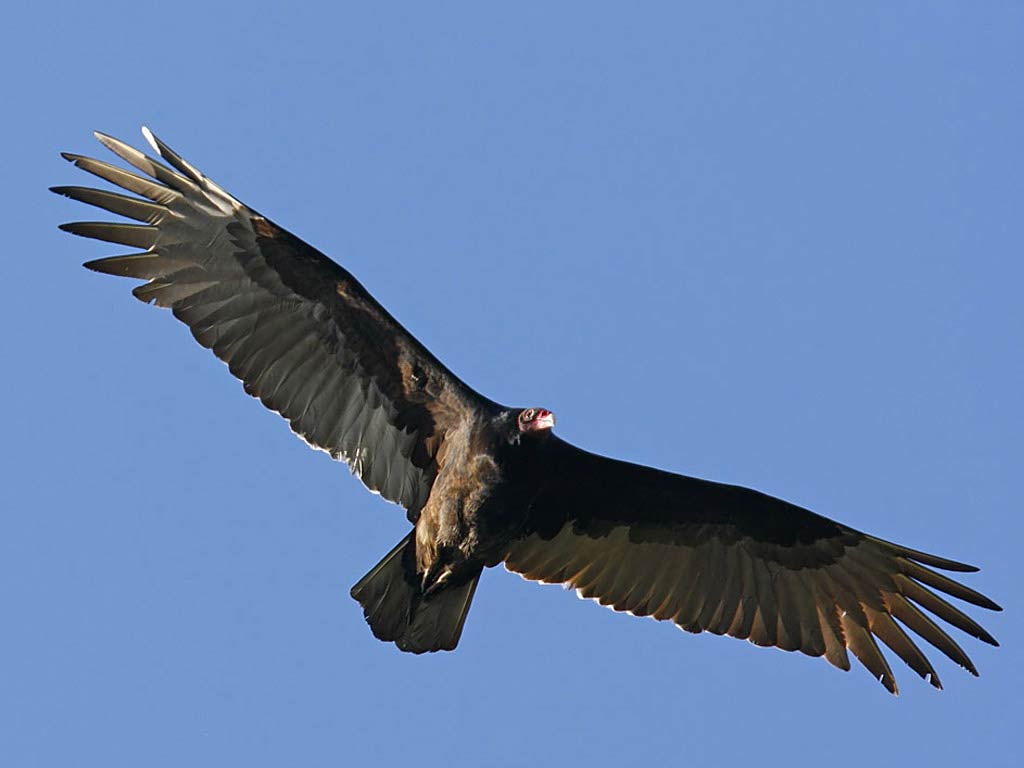
:strip_icc()/i.s3.glbimg.com/v1/AUTH_59edd422c0c84a879bd37670ae4f538a/internal_photos/bs/2018/c/9/8uPK0KSyAkElft2M8wOQ/urubu1.jpg)
Large animals, such as anteaters, wild dogs and big cats, account for five to 10 million animals. Other 60 million are medium-sized animals, such as hares and skunks. As well as being a food source for larger animals, they also play a crucial role in pest control. The great majority (390 million) comprises small animals, such as frogs and snakes, which play an important role in the food chain. Bager believes the number of animals being killed on the roads is much higher than current estimates and that the app may help produce a more accurate figure. The project is led by CBEE director Alex Bager, who’s been researching road ecology since 1995 and also organizes the national congress of road ecology. The ultimate goal is to devise a plan for official environmental agencies to make adaptations to the country’s highways based on data collected in the field. These experts will then classify the species of the roadkill (amphibian, reptilian, mammal, bird or indeterminate), and the data added to a database called BAFS, which will help the experts map out the highest risk areas and most affected species. To help it with its mission, CBEE designed Urubu to allow anyone with a smartphone and internet connection to photograph animals that have been hit by cars and send the images to be validated by a team of experts. The Centro Brasileiro de Estudos em Ecologia de Estradas (CBEE) is working to reduce those grim statistics with the help of an app called Urubu (vulture in Portuguese), which uses the power of crowd-sourcing to identify roadkill hotspots across the country.Ĭreated in 2011, CBEE monitors roadkill and creates guidelines to improve the complicated relationship between highways and wildlife. That's around 15 animals per second, totaling more than twice the country’s human population. The Urubu is dedicated to EN C pilot who’s capable of making decisions and cope with their consequences.In Brazil alone, officials estimate that some 475 million animals die from being struck on the nation's roads. The glider can be used all along its weight range, without considering the handling or speed but more the conditions the pilot will use it.įor flatland, the pilot should be in the low part of the weight range to optimize the float and the climb, with no inflexion of the handling.Ī pilot flying strong conditions will use the middle/top part of the weight range. The Urubu’s feedback is always crystal clear and gives you a real idea of the air conditions. The winter tests in Brazil just confirmed this feeling. We’ve been testing it in very difficult conditions this 2019 summer at the office, and it always gives this incredible feeling of serenity. It’s very difficult to upset the wing, thanks to its huge brake travel, very heavy stall point, and very damped reactions (pitch stable as usual at LC). XC, soaring, Hike and Fly, the Urubu is a very funny wing to fly. The Urubu is made for flying safely and with peace of mind. The span increase doesn’t affect the Urubu’s handling, it remains very direct and precise, offering a very tight turn possibility thanks to the work done on the arch. Brazilian strong wind take off have always been a piece of cake! Stunning! The glider keeps the compact feeling of the Gracchio, but has incredible damping abilities for this class of wing, while still having a very high thermal sniffing capacity.

The weight stays very light, only 3.8kg for the 24, which makes it a great wing for Hike and Fly. The design was pushed far to control all dimensions of the wing’s fabric tension. The construction remains extremely simple and without gimmicks… They are very friendly and very often come to fly with you.Īs a base we kept the Gracchio plan form (57 cells), but reworked its shape, increased its aspect ratio to 6.15, and used a new airfoil (Air intakes thinner and more on the back). You’ll find them playing around on the beach soaring but also inland thermaling. The Urubu is a small vulture which flies in Brazil, and more generally in South America.

The Urubu is the most performant wing in the LittleCloud range.


 0 kommentar(er)
0 kommentar(er)
